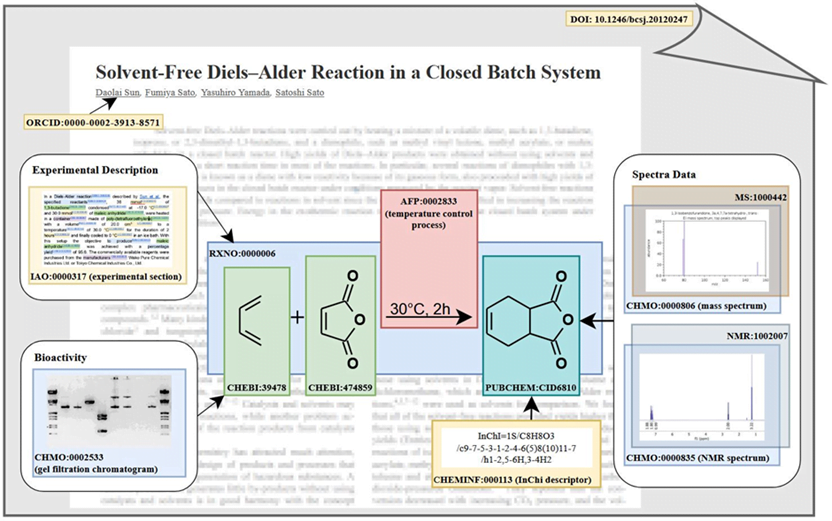Why are ontologies an essential building block not only for NFDI4Chem, but all NFDI?
FAIR data is all about human AND machine-readable data. Ontologies are used to semantically describe data, information and knowledge in a domain. Terms, relationships, and logic described in an ontology enable us to semantically annotate and link data to create knowledge graphs. Quite a few chemical ontologies already exist to describe molecules, reactions, the role of molecules in reactions and analytical procedures. These semantic descriptions take data to the next level, making them machine-understandable.

To address the application of ontologies in research data management we recently published an overview of ontologies in chemistry suitable to represent concepts of research and research data in Pure and Applied Chemistry. The reviewed ontologies were evaluated against several criteria derived from the FAIR data principles and their possible application in the digitisation of RDM workflows. To summarise our criteria shortly; to be included an ontology had to be made by domain experts, published and maintained in a FAIR way, being actively and openly maintained as well as being used in established applications.
Read more: P. Strömert, J. Hunold, A. Castro, S. Neumann, O. Koepler, Ontologies4Chem: the landscape of ontologies in chemistry, Pure Appl. Chem. 2022, doi: 10.1515/pac-2021-2007.